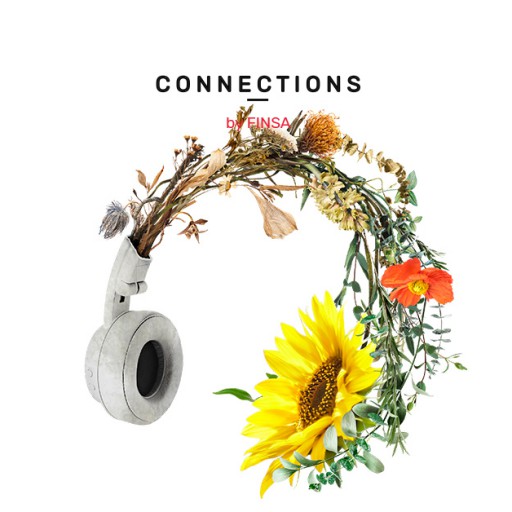The cultivation of cannabis has been marred by recreational use of varieties with high concentrations of THC, a substance known to have psychoactive side effects. But little by little, it has begun to shed the image of a substance associated with legal issues and is starting to be seen for what it is: a plant and sustainable material that is capable of solving myriad problems in our daily lives, as well as in the realms of interior design, habitat design, fashion, and beauty.
It has now become an important raw material for the textile, automotive, pharmaceutical, and cosmetic industries, among others, and as this detailed report in British newspaper The Guardian explains, it is one of our great hopes in the fight against climate change.
https://www.instagram.com/p/BzG5d_6F5pG/
A twofold solution to the CO2 problem
Companies like UK Hempcrete have been working with hemp fibre, mixing it with lime and water to make a brick out of natural components (‘hempcrete’), reducing the CO2 consumption that occurs when building homes by up to 90%. In fact, one of the biggest advantages of using this type of material is that hemp plantations also act as green lungs for the carbon dioxide that we emit.
Bio-friendly homes are a twofold solution for saving the planet. Steel and cement, whose production results in the emission of greenhouse gases, are replaced by a frame made of timber and hemp bricks, the latter of which are dried using the sun’s energy. The plantations needed to make the bricks and housing structures absorb part of the CO2 that human beings produce every day.
In fact, according to sources in the sector, cannabis is going to be a major protagonist of the ‘Green Deal’ that the European Union has come up with the goal of boosting economic recovery in the wake of the COVID-19 pandemic.
https://www.instagram.com/p/B4tDDwBndXH/
A creative trend of 2020
On other occasions we have discussed Shutterstock, the biggest image bank in the world, and how it uses the search patterns of its users to predict the creative trends that will dominate the year ahead. This year, alongside the glamourous 1920s and floral patterns, there is the cannabis industry. But apart from the ‘hippie’ aesthetic that the plant has traditionally been associated with, the image is being viewed from a more minimalist perspective.
https://www.instagram.com/p/Bo7XspoFOfR/
Natural products for our face
Cannabidiol (CBD) is found in the resinous flower from the hemp plant and has been an important discovery for the cosmetic industry. In the last few years, the natural anti-inflammatory properties of this compound have seen it serve as a base for creams and oils, mainly those designed for treating the skin on our faces.
Chris Caires, chief innovation officer at well-known North American multinational corporation Perricone MD, explained the huge benefits of CBD in The Wall Street Journal: “It’s well-tolerated, potent, and stable, a rather unique combination”. The company continues to focus on developing products using this substance.
https://www.instagram.com/p/B_i2dzMBwP9/
Bye bye to fast fashion
They say if a pair of trousers is made from hemp fibre, a grandfather would be able to hand them down to his grandson, though it’s true that they would probably have gone out of style by then. However, for many people, including Adriano Goldschmied, the godfather of denim, the pandemic that continues to sweep the planet will mean the beginning of the end for fast fashion.
This tragedy seems to have awakened the collective consciousness to the importance of more responsible and sustainable consumption. Brands like Patagonia, Levi’s, and Jungmaven already have a long history of looking for more environmentally friendly materials for the textile industry. Cannabis seems to once again be in pole position.
https://www.instagram.com/p/CAy0baSDK9w/
This plant is as controversial as it is effective for solving an infinite amount of problems in our daily lives, and it continues to increase in value, showing that we haven’t quite thought of everything when it comes to the materials we use in different sectors.



